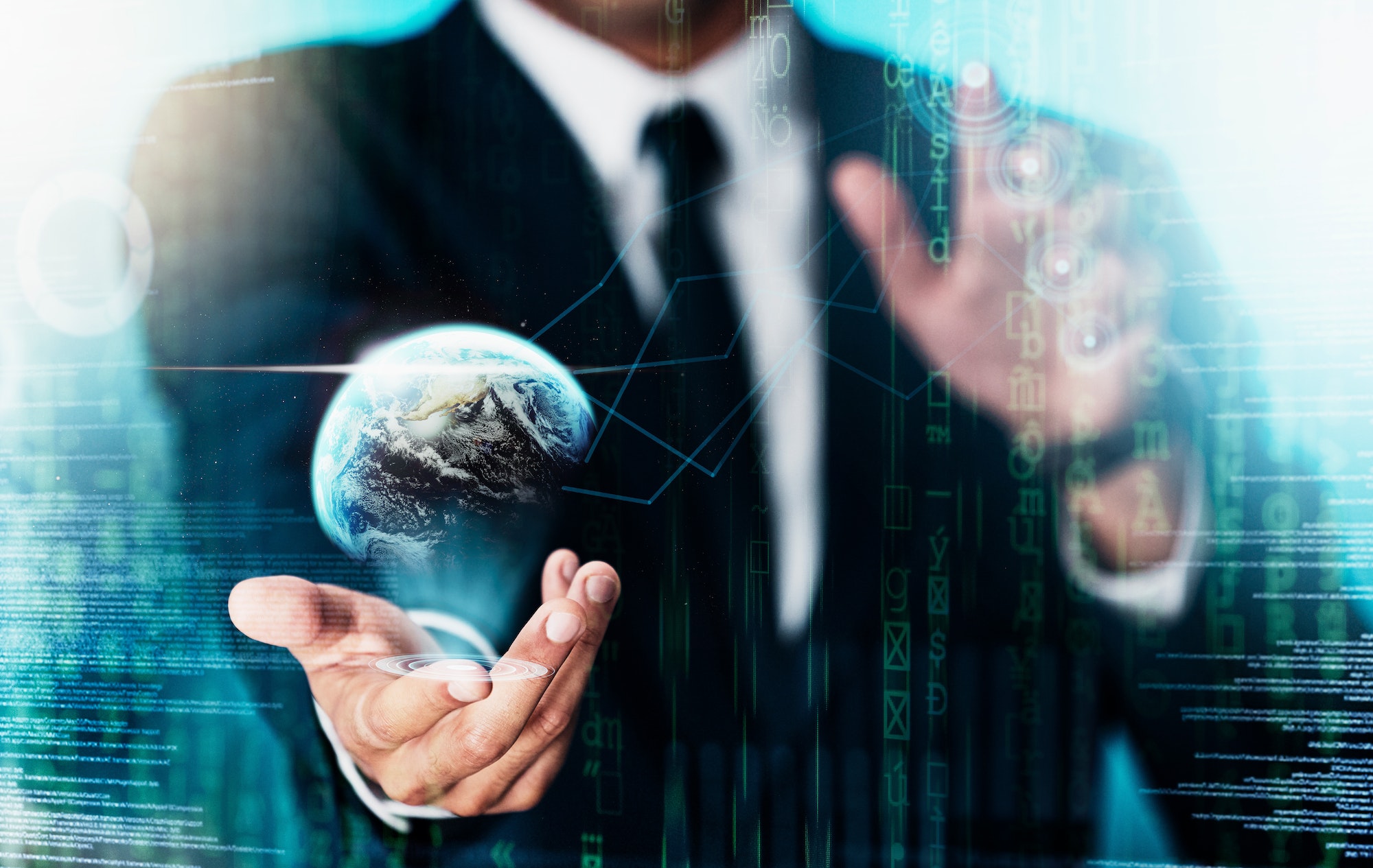The world of AI is changing fast, and it’s both super cool and a bit scary. Sam Altman, the big boss at OpenAI, says that AI could change a lot of things, including our jobs. This article looks at how AI might help us work better, what could happen to some jobs, and how we should get ready for a future filled with AI.

How AI Can Boost Productivity
AI, like the ChatGPT tech developed by OpenAI, can do some crazy stuff. It can mimic how humans chat, crunch tons of data, and handle complex tasks. It means we won’t have to do boring, repetitive work and can focus on the fun, creative stuff that requires some real brainpower. So businesses could work faster, save money, and do better overall.
Altman’s Heads Up on AI
But there’s a flip side to this AI coin. Sam Altman says we shouldn’t ignore the fact that AI could mess with the job market. AI might create new jobs, sure, but it could also wipe out some existing ones. He says we shouldn’t bury our heads in the sand; we’ve got to face these challenges head-on.

The Truth About Job Displacement
Even though AI is super exciting, we can’t forget about job displacement. Altman reminds us that we need to get ready for changes in the job market. We’ve seen it before when new tech comes in and old jobs disappear. We’ve got to learn from the past and figure out how to handle the disruption caused by AI.
The Good and the Bad: AI’s Impact
AI isn’t all doom and gloom. Some experts say AI will work with us, not against us. But Altman’s warning makes us remember it’s not that simple. AI might change how jobs work and people might need to learn new skills to keep up. New jobs might pop up, but we need to help people who lose their jobs too.

Prepping for an AI World
Getting ready for an AI future needs a solid game plan. We need to teach employees new skills, adapt to changes in the job market, and use AI responsibly. Businesses and policymakers should work together to protect workers and welcome new tech. Here’s what we need to think about:
1. Upskilling and Reskilling:
Companies should help their employees learn new skills so they can keep up with AI. By promoting continuous learning, they can help their workforce grow with AI.
2. Smart Policies:
Governments need to step up and create rules that encourage responsible AI development, provide support for people who lose their jobs, and make sure everyone can benefit from AI.
3. Working Together for Ethical AI:
AI developers, businesses, and regulators should work together to use AI ethically. If AI is transparent, fair, and accountable, people will trust it more, and its benefits can reach everyone.
4. Predicting Job Market Trends:
Businesses should try to see where the job market is going and figure out how AI can make them more productive. By blending AI into their work strategically, they can create a win-win situation for both human workers and AI.

Looking Forward to a Bright Future
Sam Altman’s message is a wake-up call: the AI revolution is exciting, but we need to be ready for it. We have to seize the opportunities AI offers while tackling the challenges head-on. By focusing on people, we can build a future where AI and humans work together, leading to a world filled with innovation and success for everyone. Let’s work together to shape an AI future that brings out the best in humanity.
Frequently Asked Questions (FAQs)
1. What productivity benefits does generative AI technology offer?
AI technologies like ChatGPT can perform complex tasks, generate human-like responses, and analyze vast amounts of data. This helps eliminate routine and monotonous tasks, freeing up human employees to focus on strategic activities that require creativity, empathy, and critical thinking. Ultimately, it can lead to greater efficiency, cost-effectiveness, and improved performance for businesses.
2. Why is Sam Altman concerned about the impact of AI on jobs?
Sam Altman, CEO of OpenAI, warns that while AI may create new roles and opportunities, it’s also likely to displace certain jobs. He believes we shouldn’t overlook the disruptive impact of AI on the job market and stresses the importance of preparing for these changes.
3. What does job displacement mean in the context of AI?
Job displacement refers to existing roles becoming obsolete or redundant due to the introduction of new technology—in this case, AI. As AI continues to evolve, it’s expected to automate more tasks, leading to significant changes in the job market.
4. How can we strike a balance between the benefits and challenges of AI?
Balancing the benefits and challenges of AI involves a mix of optimism and caution. While AI can automate tasks and improve productivity, it also may transform jobs and require workers to adapt their skills. Preparing for these changes, through strategies like upskilling and reskilling workers, is crucial.
5. What strategies can help us prepare for an AI-driven future?
Key strategies include investing in upskilling and reskilling workers, establishing supportive policies for responsible AI development and worker transition, promoting collaboration for ethical AI implementation, and anticipating job market trends to align workforce demands with AI’s potential.
6. What does a human-centric approach to AI mean?
A human-centric approach to AI means developing and using AI in a way that benefits humans and aligns with human values. It involves focusing on the needs and interests of humans, considering potential social impacts, and implementing AI responsibly to avoid harm and maximize benefits.
Sources INSIDER NEWS


